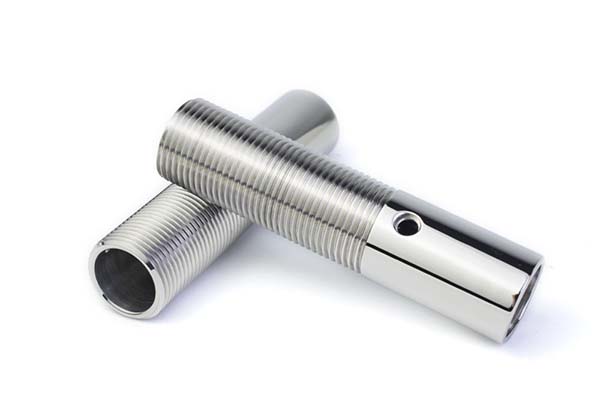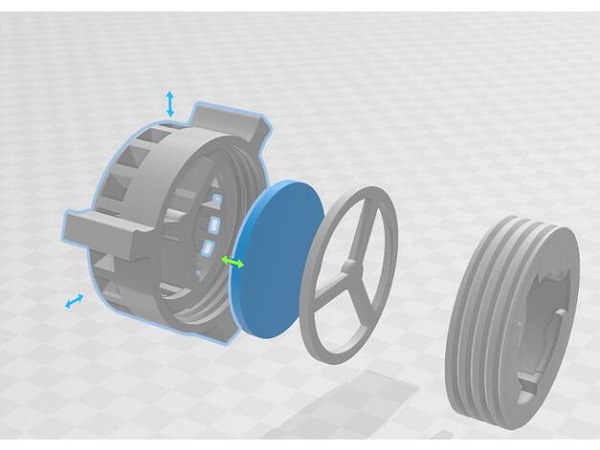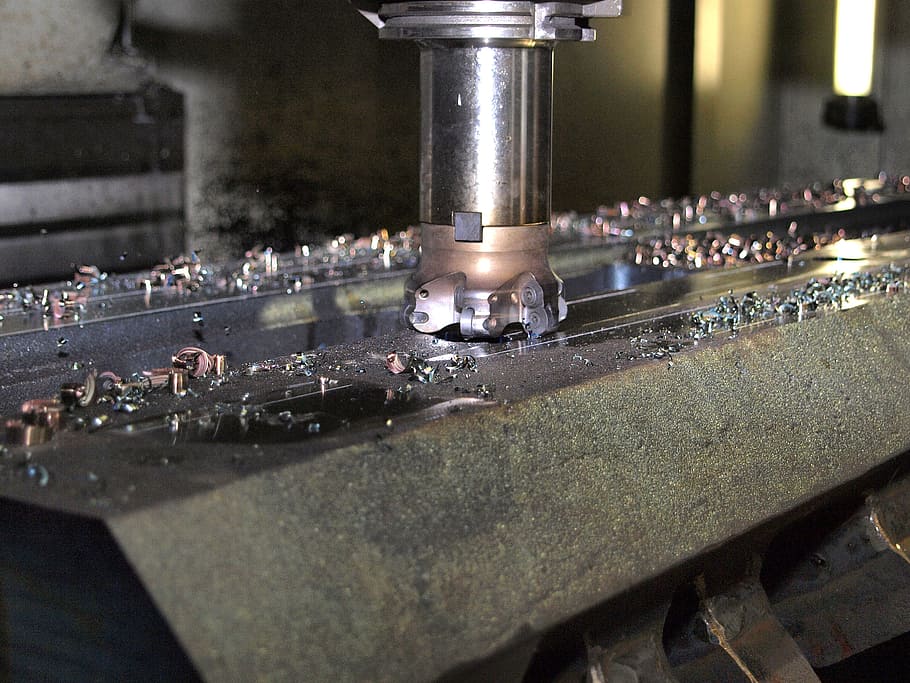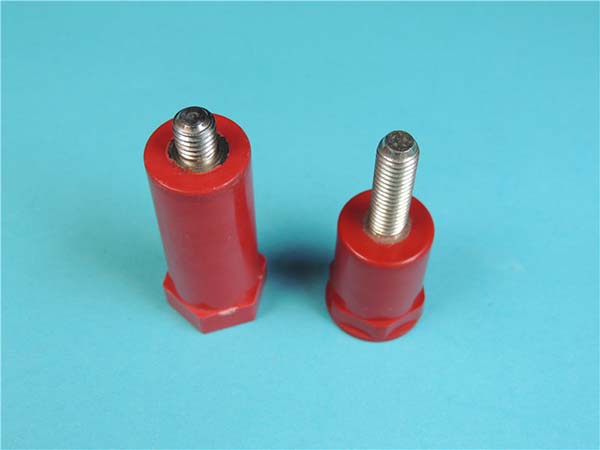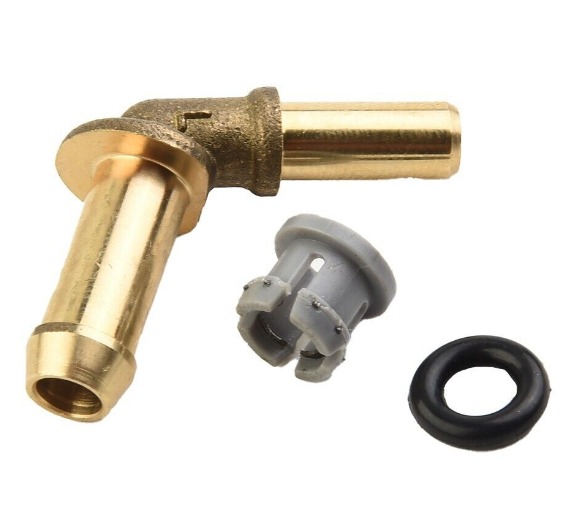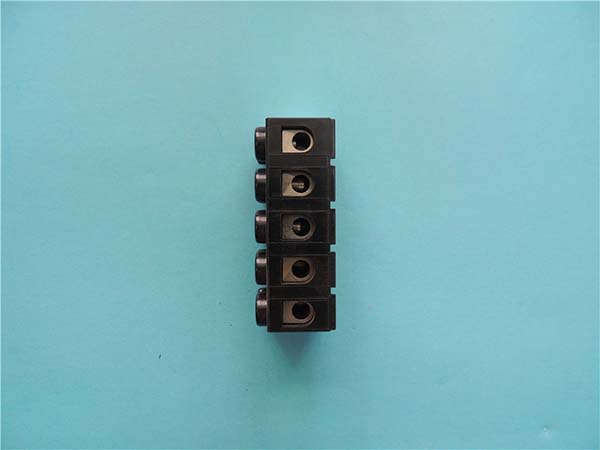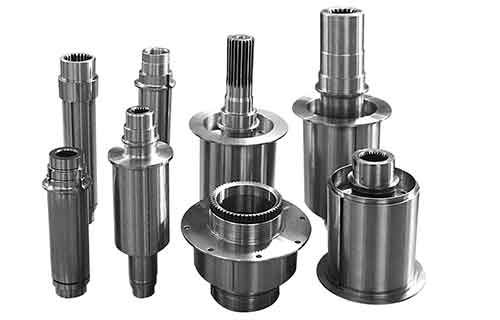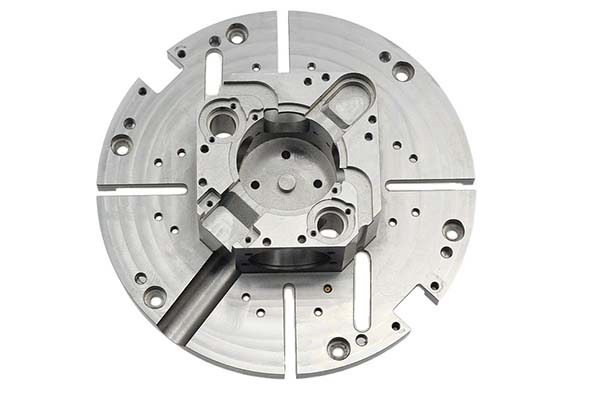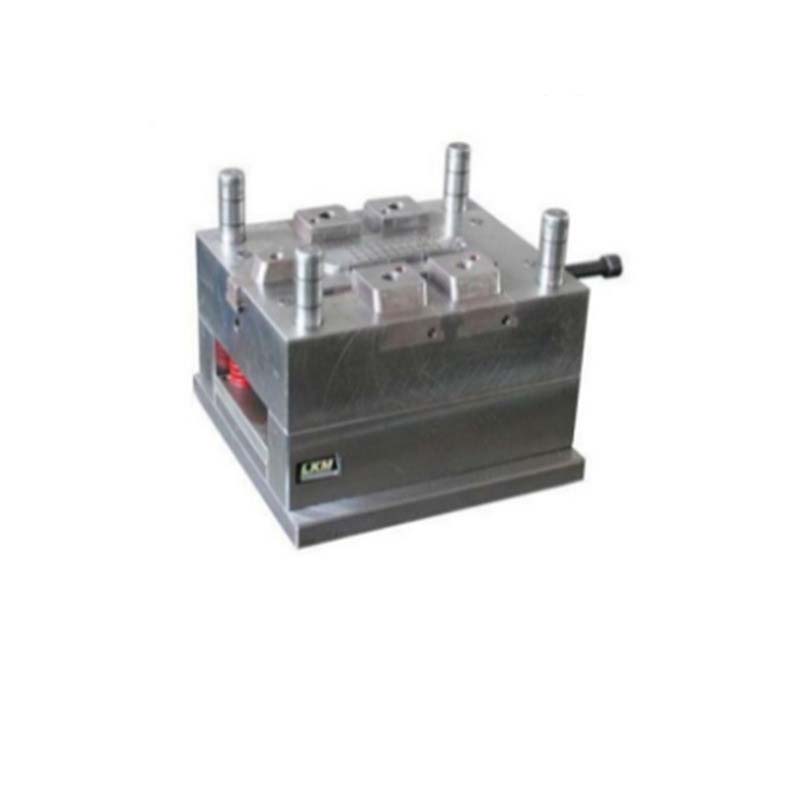Tool Steel D2 is a high-carbon, high-chromium cold work tool steel celebrated for its exceptional wear resistance, but machining it poses significant challenges. Its high hardness—even in the annealed state—and low toughness make it prone to chipping and cracking during cutting operations, leading to high tool breakage rates and increased production costs. Many manufacturers struggle with achieving tight tolerances due to its brittleness, while improper heat treatment can exacerbate these issues, reducing tool life in applications like stamping and cutting. Additionally, selecting the right machining parameters and tools is critical to avoid surface defects and ensure consistent quality. This guide addresses these pain points, providing actionable strategies to optimize CNC machining Tool Steel D2 for efficiency, accuracy, and reliability in high-wear industrial applications.
Material Properties
Tool Steel D2 is a chromium-rich alloy engineered for superior wear resistance and edge retention:
- Alloy composition: Contains 1.40-1.60% carbon, 11.00-13.00% chromium, 0.20-0.50% molybdenum, 0.60-0.90% vanadium, and trace amounts of manganese and silicon. This high carbon and chromium content forms hard chromium carbides, enhancing wear resistance but reducing machinability.
- Mechanical properties:
- Hardness: 240-270 HB in the annealed state, reaching 58-62 HRC after heat treatment—one of the hardest commonly used tool steels.
- Toughness: Moderate to low, with impact energy of 10-15 J at room temperature, making it more brittle than lower-carbon tool steels like A2.
- Wear resistance: Excellent, surpassing most cold work tool steels due to its high carbide content, ideal for applications involving abrasive wear.
- Corrosion resistance: Better than many tool steels, thanks to its high chromium content, providing moderate resistance to atmospheric corrosion and mild chemicals.
- Grain structure: Consists of a martensitic matrix with evenly distributed chromium and vanadium carbides after heat treatment. Annealing produces a spheroidized carbide structure, improving machinability compared to the as-cast condition.
These properties make Tool Steel D2 the material of choice for tools requiring long service life in abrasive environments, such as cutting blades, punches, and dies.
Tool Steel Applications
Tool Steel D2 excels in applications demanding extreme wear resistance and edge retention:
- Cutting tools: Knives, blades, and cutting inserts benefit from D2’s high hardness (58-62 HRC), maintaining sharp edges 2-3× longer than tools made from A2 steel in abrasive cutting applications.
- Punches and dies: Used in sheet metal stamping and blanking, where its wear resistance reduces tool replacement frequency. A case study showed D2 punches lasting 4× longer than A2 punches in stainless steel stamping.
- Molds: Employed for plastic molding of abrasive materials (e.g., glass-filled polymers), withstanding the erosive action of reinforced plastics better than standard mold steels.
- Industrial tooling: Scrapers, shear blades, and forming tools in metalworking industries, where resistance to galling and wear is critical for consistent performance.
CNC Machining Techniques
Core Machining Operations
CNC machining Tool Steel D2 requires specialized approaches to handle its high hardness and brittleness:
- Milling: Used for creating complex die shapes and 3D features. 2-4 flute carbide end mills with TiAlN or AlCrN coatings are preferred, with cutting speeds of 30-50 m/min for annealed material. Light cuts (0.1-0.3 mm depth) minimize tool deflection and chipping.
- Turning: Suitable for cylindrical components like cutting tool blanks. Uses carbide inserts with negative rake angles and strong edge geometry, with speeds of 20-40 m/min and feed rates of 0.05-0.10 mm/rev to reduce impact forces.
- Drilling: Requires solid carbide drills with reinforced shanks to prevent breakage. Speeds of 20-30 m/min and feeds of 0.03-0.08 mm/rev are recommended, with peck drilling mandatory for deep holes to clear chips and reduce heat buildup.
- Grinding: Critical for achieving final dimensions and surface finish on hardened D2 (58+ HRC). Surface grinding with diamond wheels achieves Ra 0.4-0.8 μm finishes, ensuring tight tolerances (±0.002 mm) for precision tools.
- EDM (Electrical Discharge Machining): Ideal for intricate shapes in fully hardened D2, avoiding the mechanical stresses of conventional machining. Wire EDM produces precise cuts with minimal heat-affected zones, preserving the material’s wear resistance.
Machining Parameters Optimization
- Tool path optimization: Use smooth, continuous toolpaths to avoid sharp direction changes that cause tool chipping. High-speed machining (HSM) techniques with light, frequent cuts reduce tool engagement time.
- Coolant usage: High-pressure flood cooling (70-100 bar) with synthetic coolants (10-15% concentration) is essential to dissipate heat and lubricate the cutting zone, extending tool life by 30-40% compared to dry machining.
- Machining strategy: Roughing operations should be performed on annealed D2 (240-270 HB) to maximize tool life, with finishing operations completed before heat treatment to minimize grinding requirements.
Heat Treatment Processes
Tool Steel D2 requires precise heat treatment to balance hardness and toughness:
- Annealing: Heating to 820-850°C, holding for 2-4 hours, then cooling slowly (≤10°C/hour) to 600°C. Reduces hardness to 240-270 HB, improving machinability by spheroidizing carbides.
- Hardening: Austenitizing at 950-1010°C, holding for 30-60 minutes, then air or oil quenching. This forms a fully martensitic structure, achieving maximum hardness but high residual stresses.
- Tempering: Typically performed at 150-200°C for 2-4 hours, followed by air cooling. Double tempering ensures complete transformation of retained austenite, achieving:
- 58-60 HRC for maximum wear resistance (e.g., cutting blades)
- 56-58 HRC for a balance of wear resistance and toughness (e.g., punches)
- Case hardening: Not commonly used, as D2 already achieves high surface hardness through its bulk composition. Nitriding can be applied to increase surface hardness by 2-3 HRC for specialized applications.
- Heat treatment equipment: Vacuum furnaces are preferred to prevent oxidation and decarburization, preserving surface quality and wear resistance in critical tools.
Surface Finish and Quality
Achieving Precision and Finish
- Surface roughness: Annealed D2 can achieve Ra 1.6-3.2 μm with carbide tools, while hardened D2 requires grinding to reach Ra 0.4-0.8 μm for precision applications like cutting edges.
- Dimensional accuracy: Tight tolerances (±0.002-0.005 mm) are achievable with careful machining and grinding, though heat treatment can cause slight dimensional changes (0.05-0.1% growth) that must be accounted for in design.
- Tolerance control: Requires strict process control, including temperature-stabilized machining environments and post-heat treatment grinding to correct for any distortion.
- Surface defects like cracks and micro-chips are common when machining hardened D2, resulting from excessive cutting forces or dull tools. Prevent by using sharp tools, light cuts, and rigid workholding.
Finishing Processes
- Grinding: The primary finishing method for hardened D2, using diamond wheels to achieve precise dimensions and smooth surfaces.
- Polishing: Achieves mirror finishes (Ra ≤0.025 μm) on cutting edges and mold surfaces, reducing friction and improving material flow in forming operations.
Comparative Analysis with Other Tool Steels
Tool Steel D2 differs from other tool steels in key properties and applications:
| Tool Steel | Hardness (HRC) | Wear Resistance | Toughness | Machinability | Common Applications |
| D2 | 58-62 | Excellent | Low | Poor | Cutting tools, punches, abrasive wear applications |
| A2 | 55-57 | Good | High | Good | Dies, forming tools, general purpose cold work |
| M2 | 60-65 | Very Good | Moderate | Poor | High-speed cutting tools, drills, end mills |
| S7 | 54-58 | Good | Very High | Fair | Heavy-duty punches, chisels, impact tools |
| High-speed steel | 62-65 | Good | Moderate | Fair | Drills, taps, milling cutters for high-speed machining |
- D2 vs A2: D2 offers 30-40% better wear resistance but lower toughness and machinability. A2 is preferred for applications requiring impact resistance, while D2 excels in abrasive environments.
- D2 vs M2: M2 has better hot hardness, making it suitable for high-speed cutting, while D2 provides superior wear resistance in cold work applications.
- D2 vs carbide: Carbide tools offer higher wear resistance but are more brittle and expensive. D2 is preferable for complex shapes or low-volume production where carbide’s cost and brittleness are prohibitive.
Yigu Technology’s Perspective
At Yigu Technology, we specialize in CNC machining Tool Steel D2 for cutting tools and industrial die applications. Our experience shows that using ultra-fine grain carbide tools with AlCrN coatings reduces wear by 50% compared to standard carbide when machining annealed D2. For hardened D2 (58-60 HRC), we employ wire EDM with precision servo controls to achieve ±0.001 mm tolerances, critical for cutting tool clearance angles. We recommend a two-step machining approach: roughing in the annealed state, heat treatment, then finish grinding to correct for dimensional changes. Our heat treatment partners use vacuum furnaces to ensure uniform hardness (±1 HRC) and minimal distortion. With ISO 9001 certification, we deliver D2 components that balance wear resistance, precision, and cost-effectiveness for high-performance industrial tools.
FAQ
- What makes Tool Steel D2 suitable for high-wear applications?
Tool Steel D2 owes its exceptional wear resistance to its high carbon (1.40-1.60%) and chromium (11.00-13.00%) content, which form hard chromium carbides in its microstructure. This, combined with its ability to achieve 58-62 HRC after heat treatment, makes it ideal for tools subjected to abrasive wear, such as cutting blades and stamping dies.
- How does machining Tool Steel D2 differ from machining Tool Steel A2?
CNC machining Tool Steel D2 requires 30-50% lower cutting speeds (30-50 m/min vs. 60-80 m/min for A2) and more wear-resistant tools (ultra-fine grain carbide vs. standard carbide) due to its higher hardness and carbide content. D2’s lower toughness also demands lighter feed rates and smoother toolpaths to prevent chipping, unlike A2, which tolerates more aggressive machining.
- What heat treatment is recommended for Tool Steel D2 used in cutting tools?
For cutting tools, hardening D2 by austenitizing at 980-1010°C, quenching, then tempering at 150-200°C achieves 58-60 HRC. This balances maximum wear resistance with sufficient toughness to prevent edge chipping during cutting. Vacuum heat treatment is preferred to maintain surface quality, ensuring sharp, durable cutting edges.
